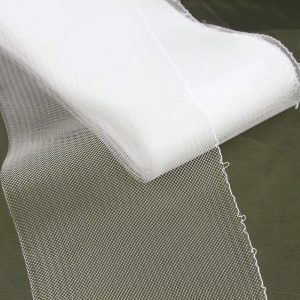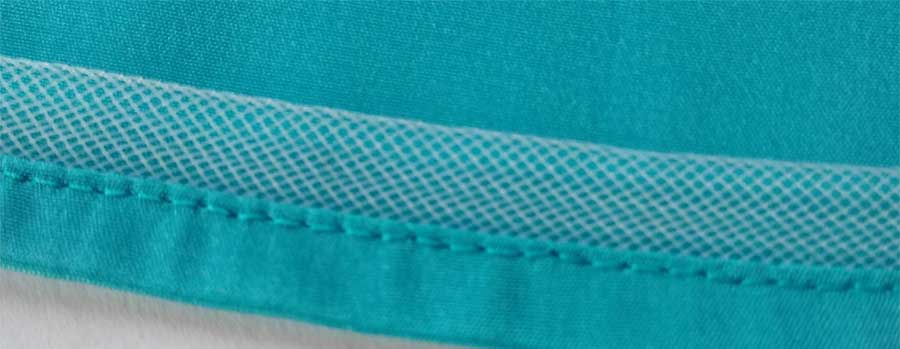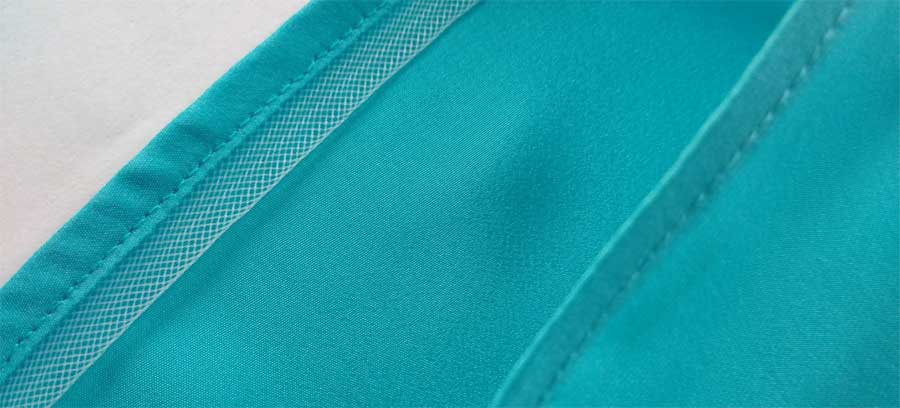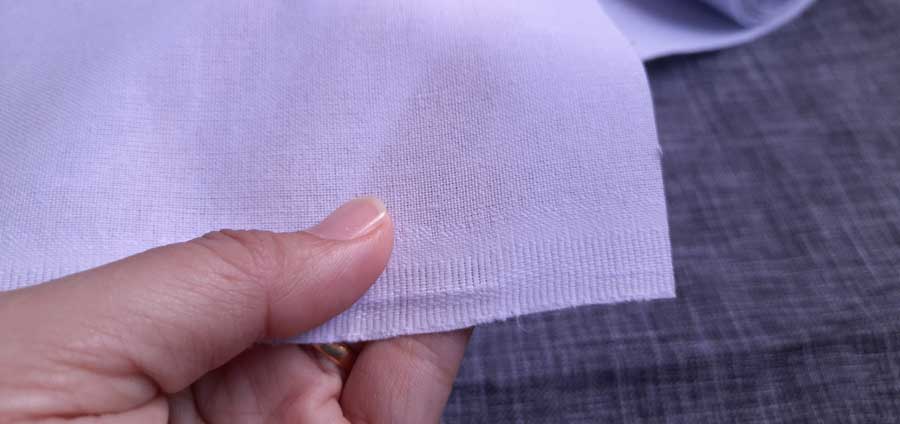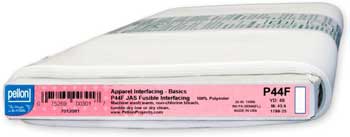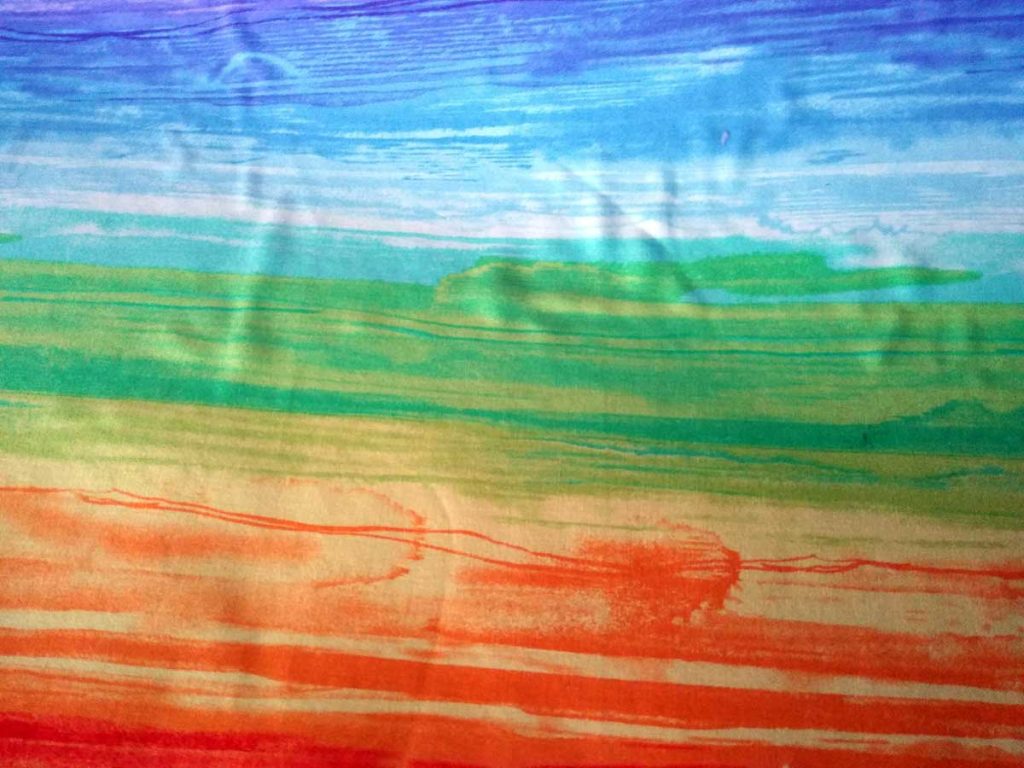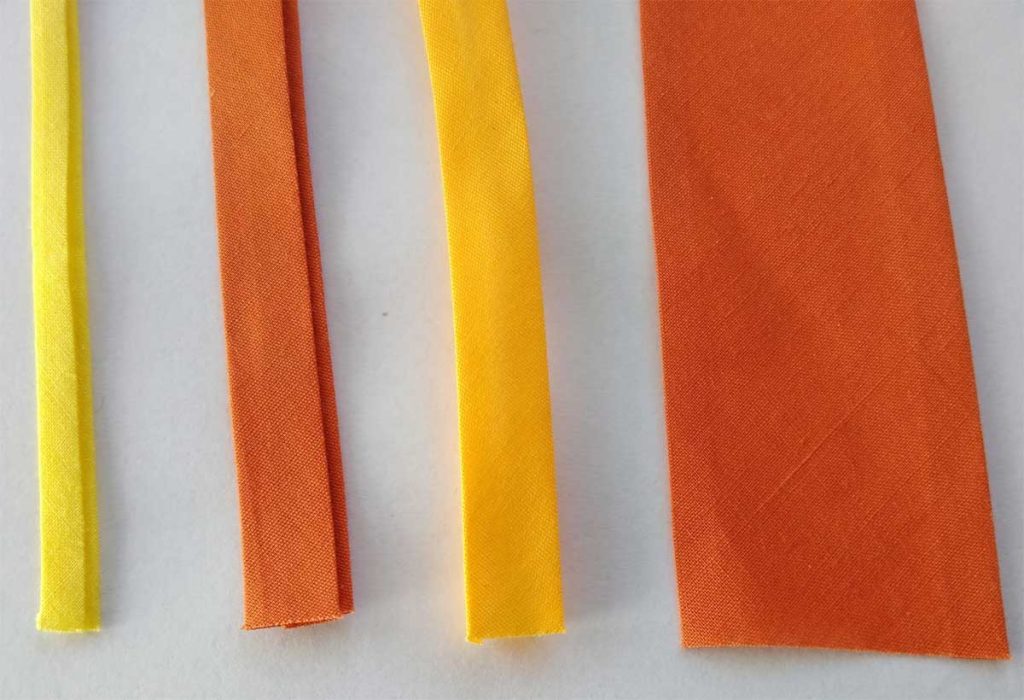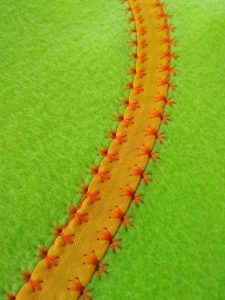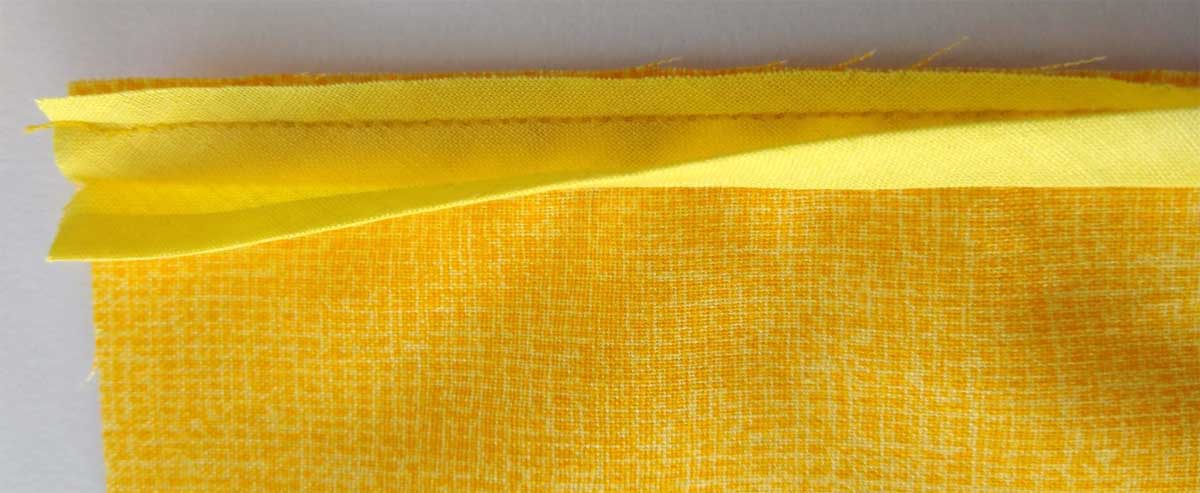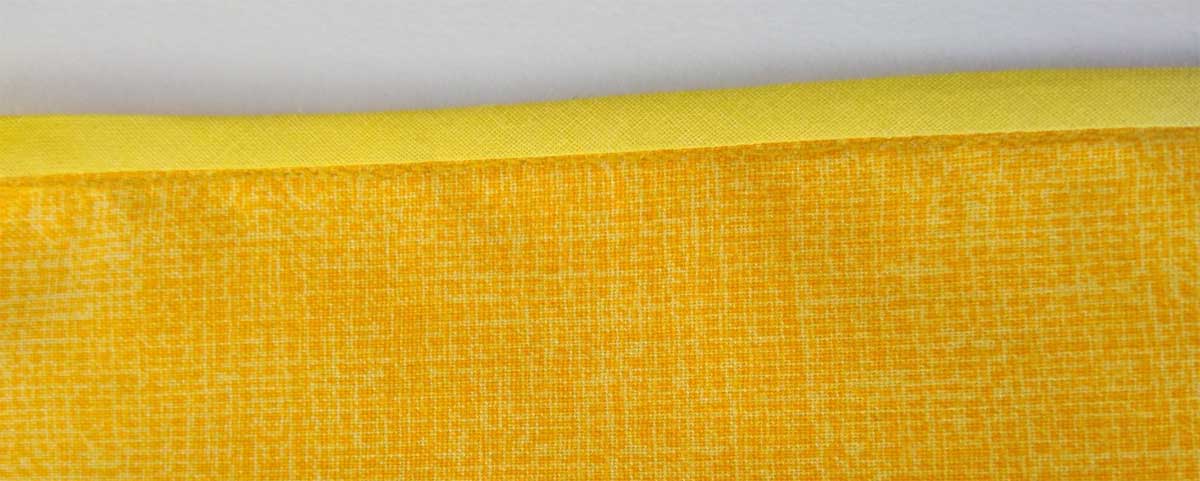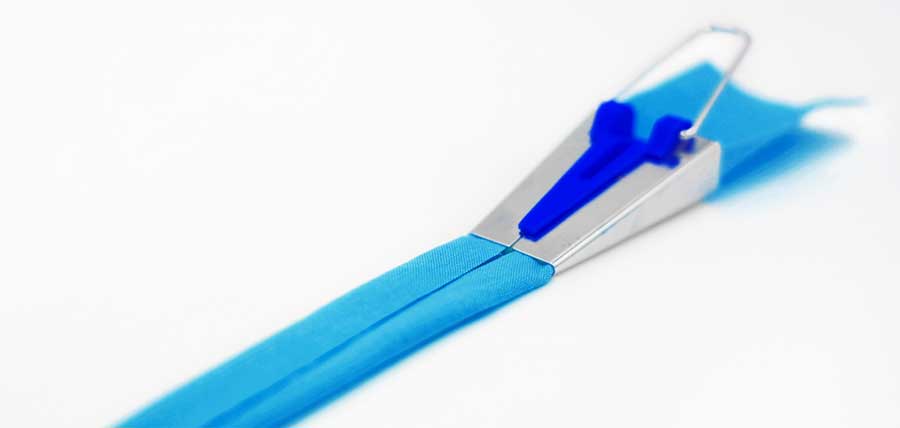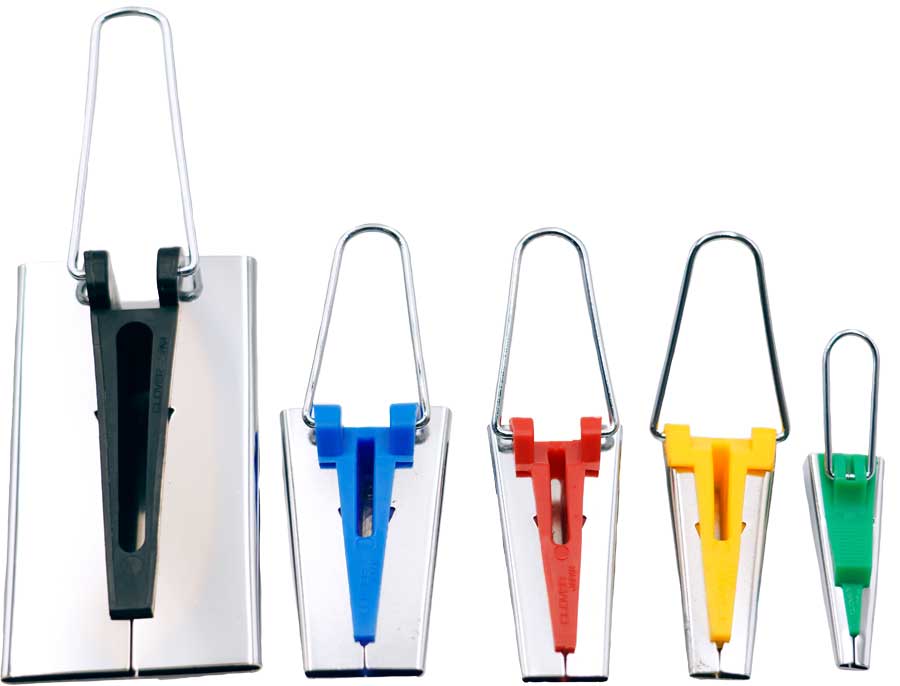This article is Part 1 of the Fabric Sources: Minerals series
Plants (part 1) | Plants (part 2)
Living Things: Silk | Living Things: Wool | Other Living Things
Minerals: Acrylics, Polyester, & Nylon (part 1) | Minerals: Spandex and Rayon (part 2)
The last two articles in our Plant, Animal, Mineral Fabric series turns our focus to Minerals. It’s important to note that while there are some textiles made from actual minerals like copper, gold, and steel, their usage is very specialized and will not be something you’ll be able to use to make a cute handbag or an elegant quilt. In this category, we review synthetic fabrics made from petroleum and regenerated cellulose. To start, we’ll look at 3 synthetic fabrics made from petroleum — acrylics, polyester, and nylon. Fair warning: this discussion will take us on a “nerdier” journey as instead of looking at plants and animals, we delve into the chemistry of fabric creation.
Petroleum
Petroleum is by far the leading source used in creating synthetic fabrics. Acrylics, polyester, nylon, and spandex all are made from petroleum. Petroleum-based fabrics are very prevalent so we won’t be including a “where can I buy it” section. The answer for all of them would be “just about anywhere.”
Most fabrics used in Fast Fashion are made from petroleum.
Acrylics
Acrylic fabric is made with plastic threads but still closely resembles the look and feel of wool. The plastic threads are made of a man-made polymer fiber created from fossil fuels through a chemical process.
How is it processed?
When heat and pressure (energy) is applied to fossil fuels (petroleum, natural gas, and sometimes coal), magic happens, and a plastic solution is formed. Chemistry nerds call this process polymerization, but sewing nerds just call it magic. This plastic solution, somewhere between a solid and a liquid state, is spun through tools with holes (called spinnerets). The spinnerets create a thread product that varies in thickness and is hollow or solid based on the size and shape of the spinneret holes. The solution spins through the spinnerets and exits into either air or water where it solidifies into the acrylic fibers. Those fibers are washed, dried, cut, and spun into thread which can then be woven into fabric. This video will help you to visualize the spinneret process:
Pros
Acrylic fabric is lightweight, warm, dries quickly and is soft to the touch. It is also water repellent. And since it can be produced more cheaply than natural wool, is a less expensive fabric option.
Cons
Unfortunately, being water repellent also means that bacteria growth can occur in the fabric ,which can cause odor and may weaken it. Acrylic fabric is also prone to static electricity and cling. It is flammable and can be difficult to extinguish as compared to wool, which is difficult to light. It tends to pill and is not as exceptionally durable.
Looking at this list of cons can make a person ask – “why bother?” However, blending acrylic fibers with natural wool fibers often minimizes the cons. When you buy a fabric labeled as a wool blend, you will pay less for it because it just might have been blended with its less expensive copycat, acrylic.
Environmental Impact
Contact with the polymer created during the production process is like encountering cyanide and has also been identified as a cancer hazard.
In addition to those health risks, the previously mentioned cons add up to a strong likelihood that a garment made from purely acrylic fabric will not be durable enough to have a long life in your closet. When tossed into a landfill, it can take up to 200 years to decompose, releasing the chemicals used to create the fabric into the environment along the way.
Polyester
Polyester fibers are the product of a chemical reaction between coal, petroleum, air, and water. It is the fiber most used in clothing and is responsible for the consumption of nearly 70 million barrels of oil each year.
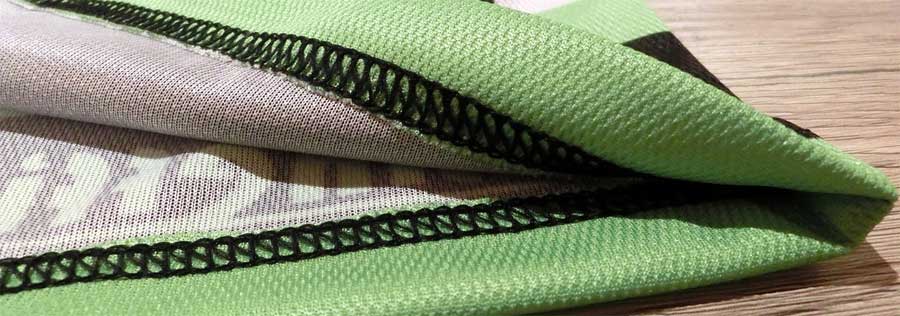
How is it processed?
Polyester is created by applying heat and pressure to petroleum-based acid and alcohol to generate a plastic substance. The substance is referred to as a polyester polymer. Sound familiar? The acrylic process in the previous section involves the same approach. This polymer can be heated and reshaped into various forms so even though they look and feel very different, your plastic water bottle and the polyester fabric in your stash are made from the very same material. The polymer substance in the water bottle is just pulled, stretched, and melted in a different way than your fabric. But once the substance has been turned into thread fibers, it is knitted or woven into fabric the same way all fabric is created. This sounds very science nerdy, but watch this video and let some kids make it easy to understand. If they can understand it, so can we!
Pros
Polyester fibers are often spun together with natural fibers to produce a cloth with blended properties. Cotton-polyester blends can be strong, wrinkle- and tear-resistant, and reduce shrinking. Synthetic fibers using polyester have higher water, wind, and environmental resistance than the plant-derived fibers they are often combined with. And they are highly stain-resistant, good for protecting from that spill of red wine, but not so great if you are trying to dye them.
Cons
Besides their environmental impact (see below), they are less fire-resistant than natural fibers and can melt when ignited. And as mentioned above, they do not accept dye well.
Environmental Impact
Not only is polyester derived from non-renewable resources, but the process of extraction from fossil fuels yields a high carbon footprint and significant by-products. Like acrylic fabric, polyester can take more than 200 years to decompose. Plus, recent studies show that polyester sheds minuscule pieces of plastic with every wash which then enters our environment. This means they can be ingested by fish and animals and, yes, even humans. Something to consider if you are trying to reduce the amount of plastic in your diet. On a more positive note, because polyester is a plastic, it has the potential of being recycled. But even the recycling process generates a significant carbon footprint.
Fun Fact: Did you know that there is a naturally occurring form of polyester? It’s found in some plant cuticles and is also produced by one species of bees. There is no process for extracting these natural poly sources to produce fabric.
Nylon
Nylon is the second most used synthetic fabric, right behind polyester. It was developed under the umbrella of Dupont over an 11-year time span, finally being announced as viable in 1938. The use of nylon in clothing emerged out of a search for alternatives to silk and hemp for parachutes in World War II. When the war began, cotton constituted more than 80% of fabric used in the United States, and almost all other fabric was made from wool. By 1945, synthetic fibers like nylon supplied around 25% of the textile market share. And once the war ended, manufacturers sought all sorts of new ways to market this and other synthetic fabrics.

How is it processed?
Like the other petroleum-based synthetic fabrics we have discussed, nylon fabric is a polymer composed of a long chain of carbon-based molecules extracted from crude oil via a chemical reaction process. The resulting substance is a nylon salt, which is melted and forced through spinnerets to create fibers. These fibers are stretched to increase their strength and elasticity, then wound onto spools in a process called “drawing” that forces the fiber molecules to arrange in a parallel structure so they can be knitted or woven into fabric.
In some cases, nylon may be turned into fabric on its own, but it is usually combined with other fibers, creating various nylon blends. Watch this 7-minute video for a great overview of both the science and the history of nylon:
Pros
Nylon is light-weight, durable, and has good elasticity. Nylon garments tend to be easy-care garments. On a positive note, it dyes well and is less flammable than cotton and rayon, but on a negative note, it fades easily and melts. If exposed to fire, nylon can stick to your skin.
Cons
Nylon is not terribly breathable and is prone to pilling.
Environmental Impact
Surprisingly, nylon production has roughly the same carbon footprint as wool production, but given it has greater durability than wool, the net carbon production footprint is lower. However, while discarded nylon fabric decomposes much faster than acrylic or polyester at about 30–40 years, it decomposes much more slowly than any of the natural fiber alternatives. Nylon can be recycled but because of the expense and difficulties of the nylon recycling process, few companies utilize it. Considering all these factors, while nylon has a smaller environmental impact than acrylic and polyester, it is still considered to have a negative environmental impact.
~Sheryl Belson





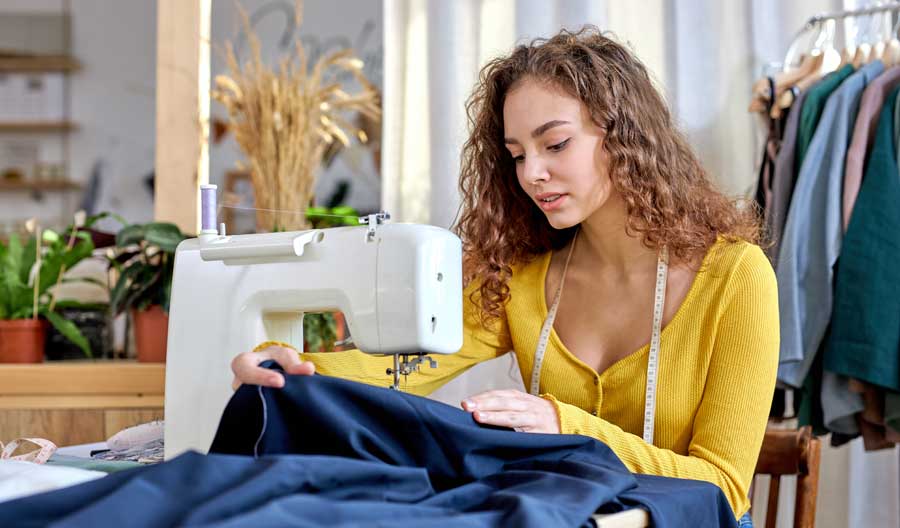
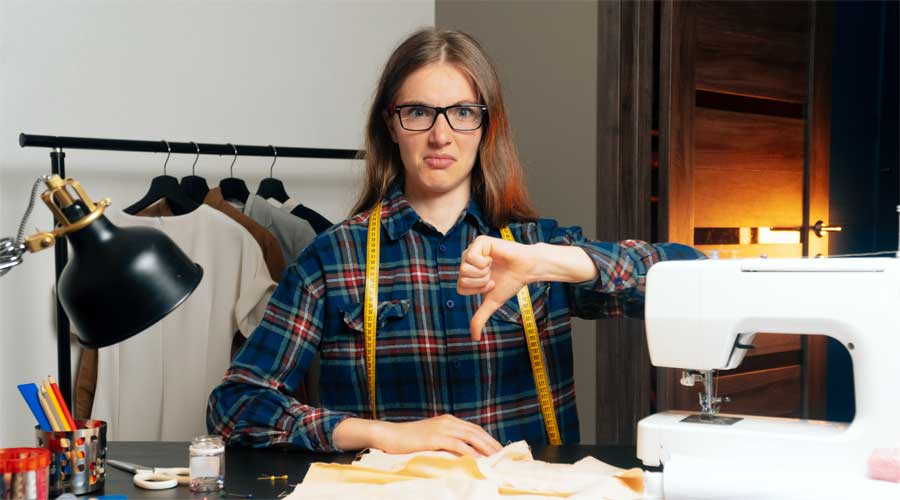
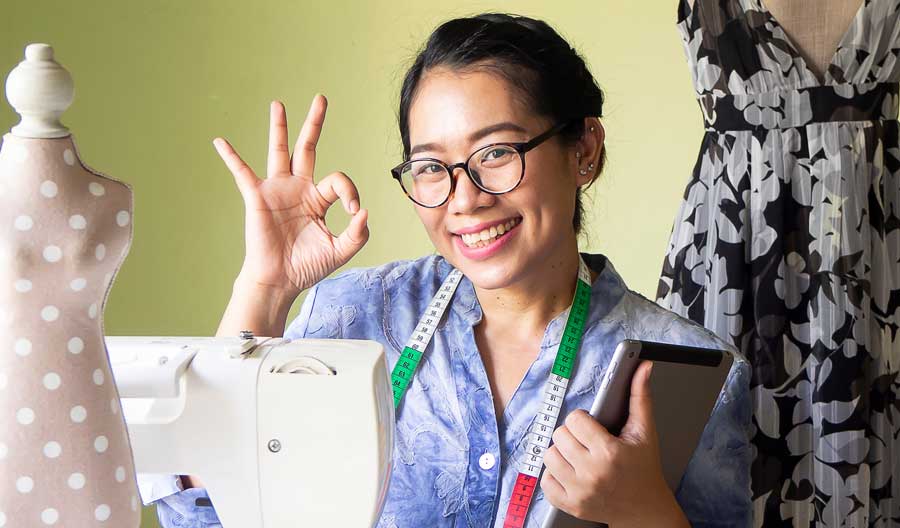
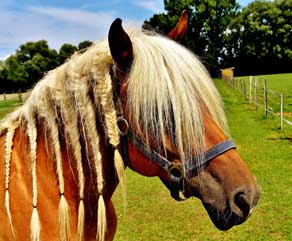 Now that we’ve got your attention, let’s talk about this uncommon notion called horsehair braid!
Now that we’ve got your attention, let’s talk about this uncommon notion called horsehair braid!